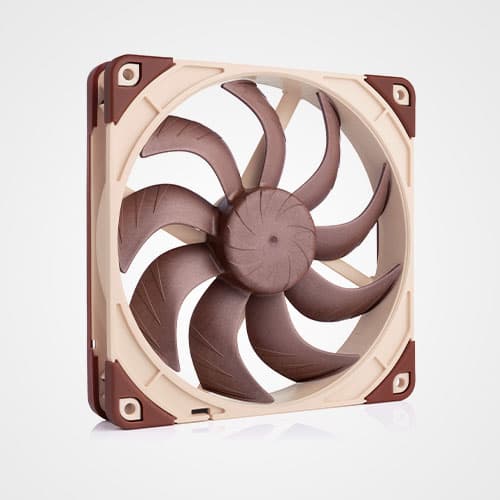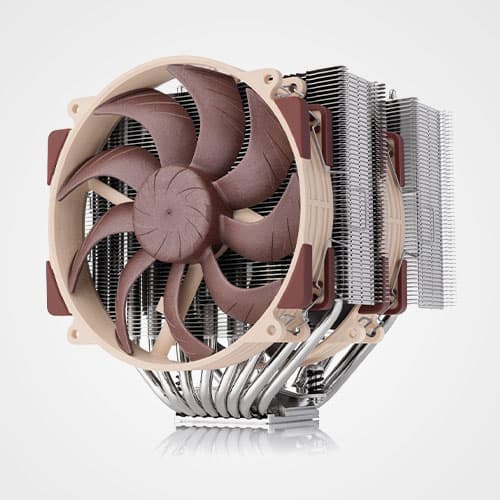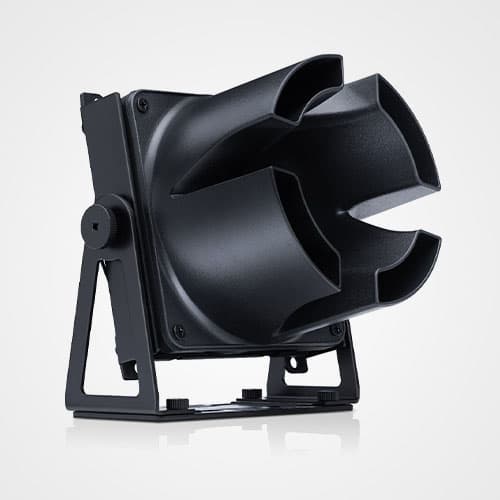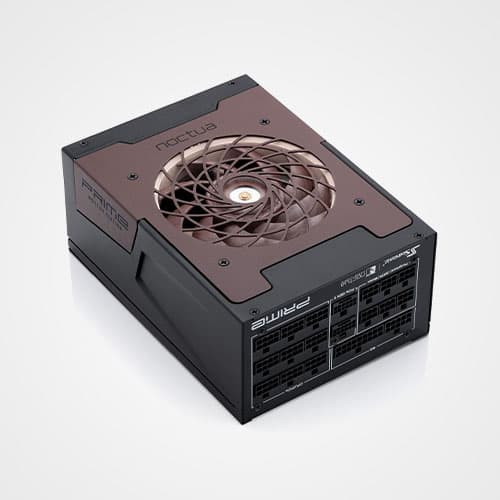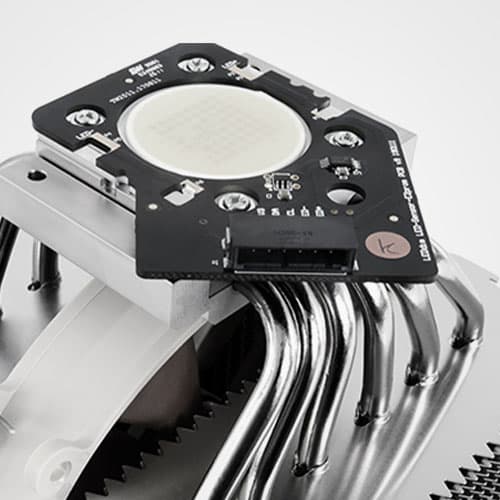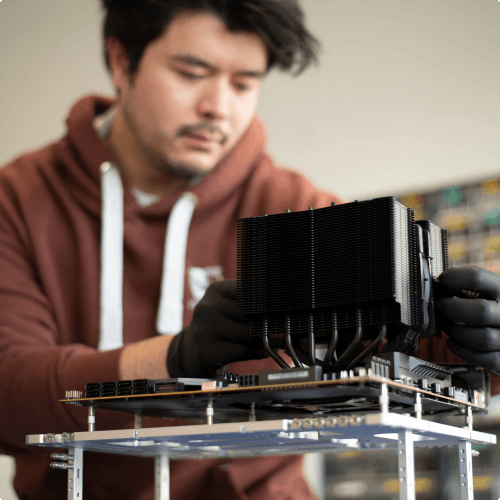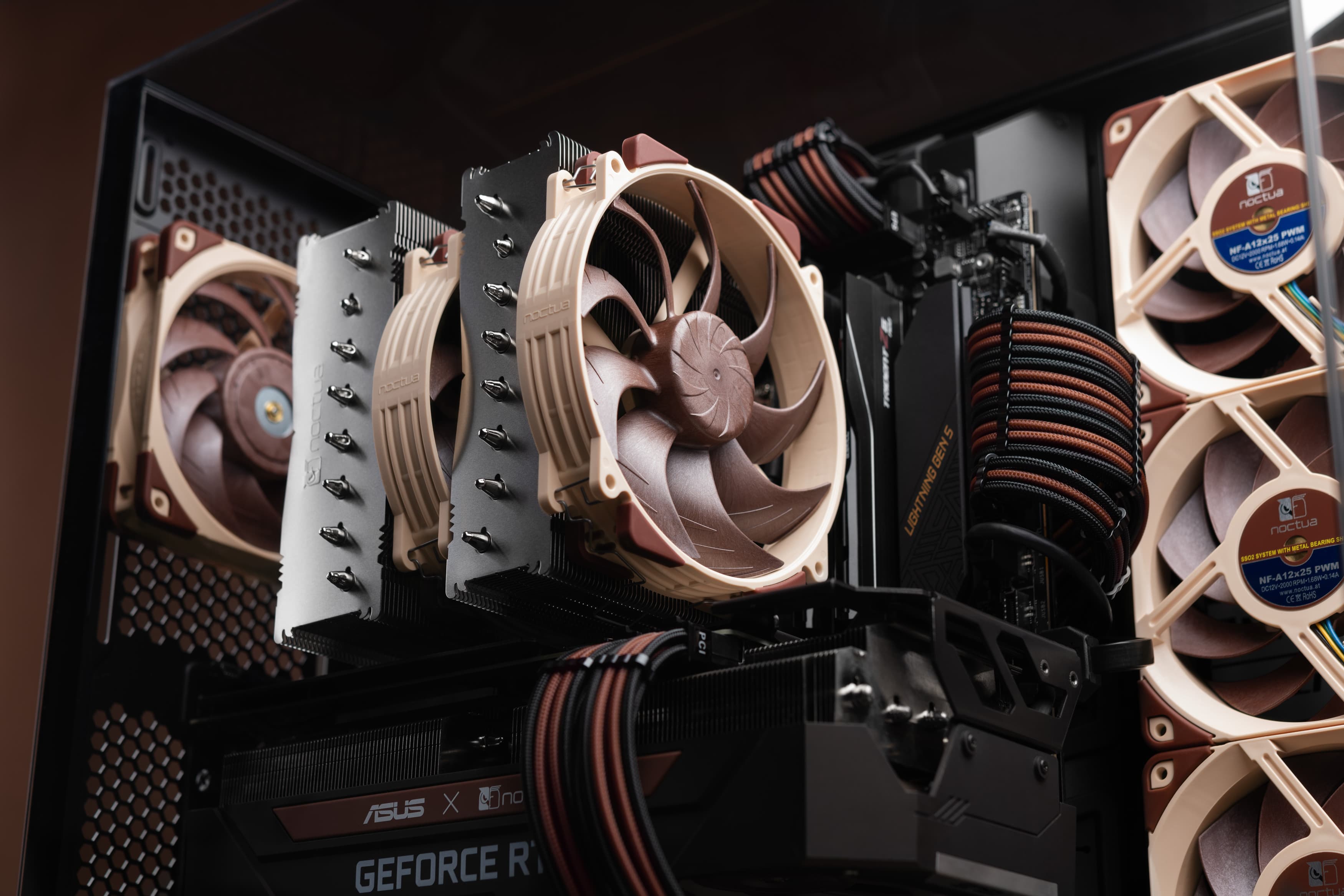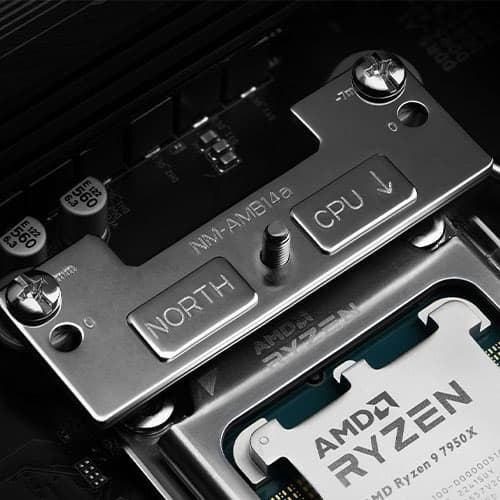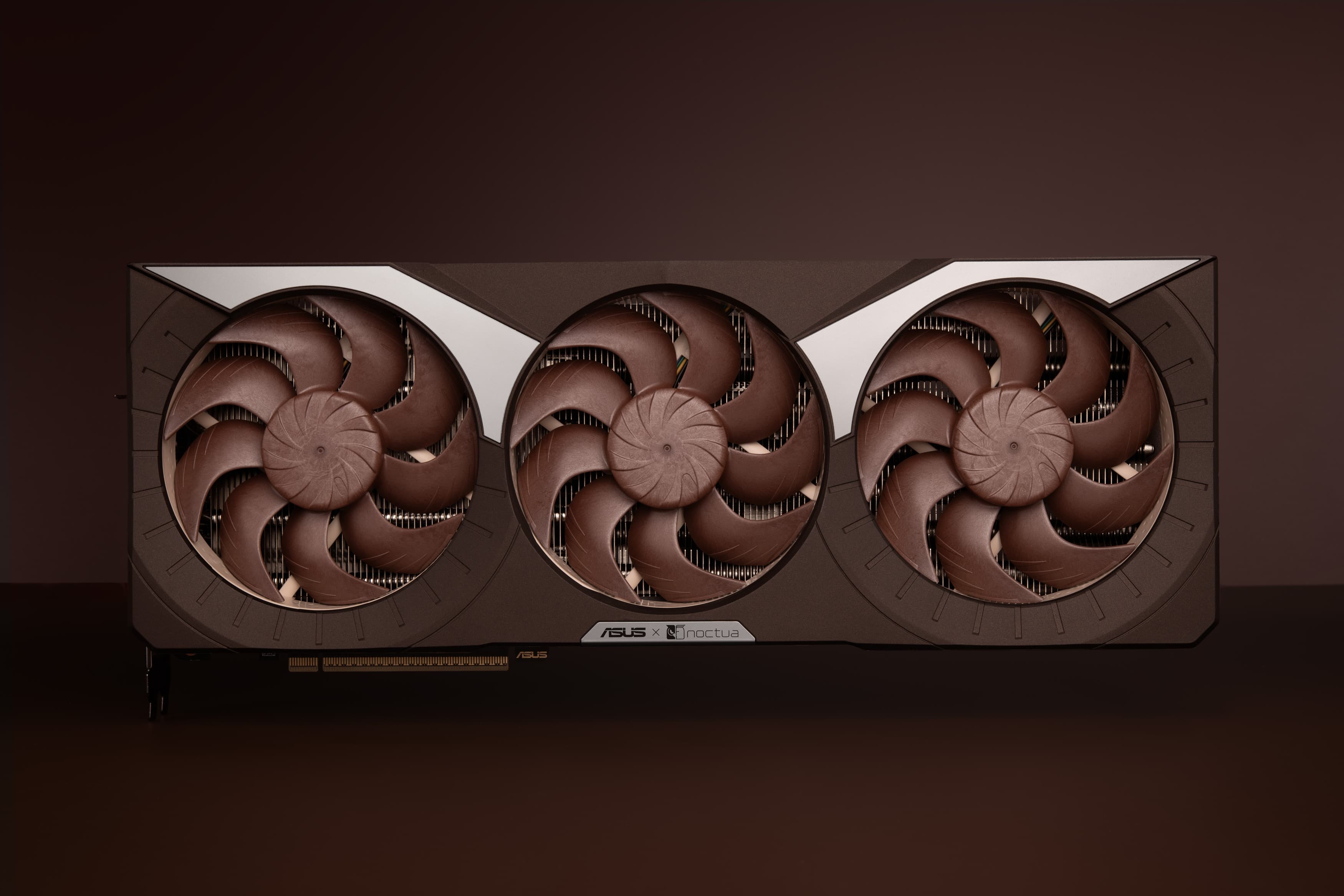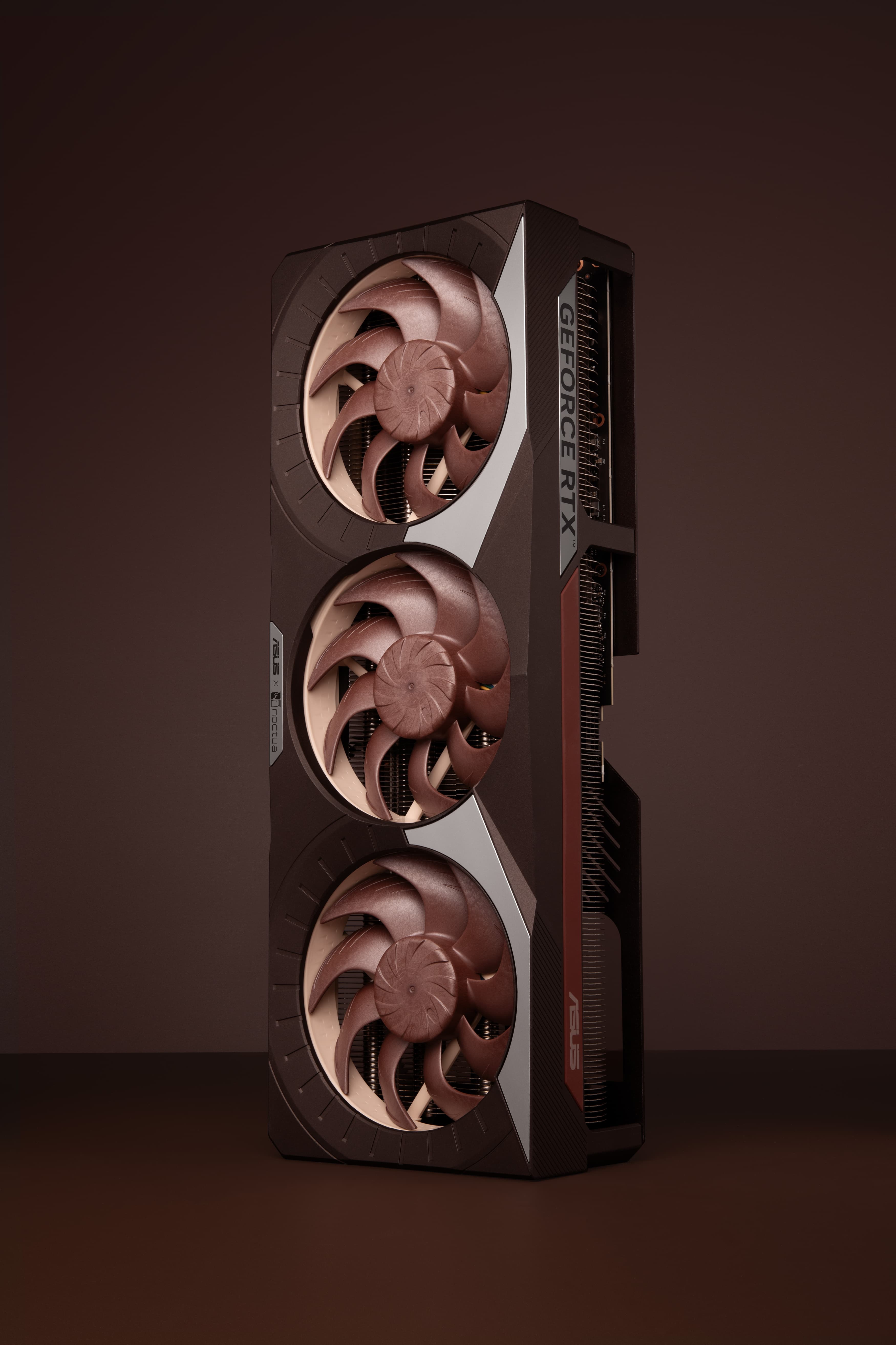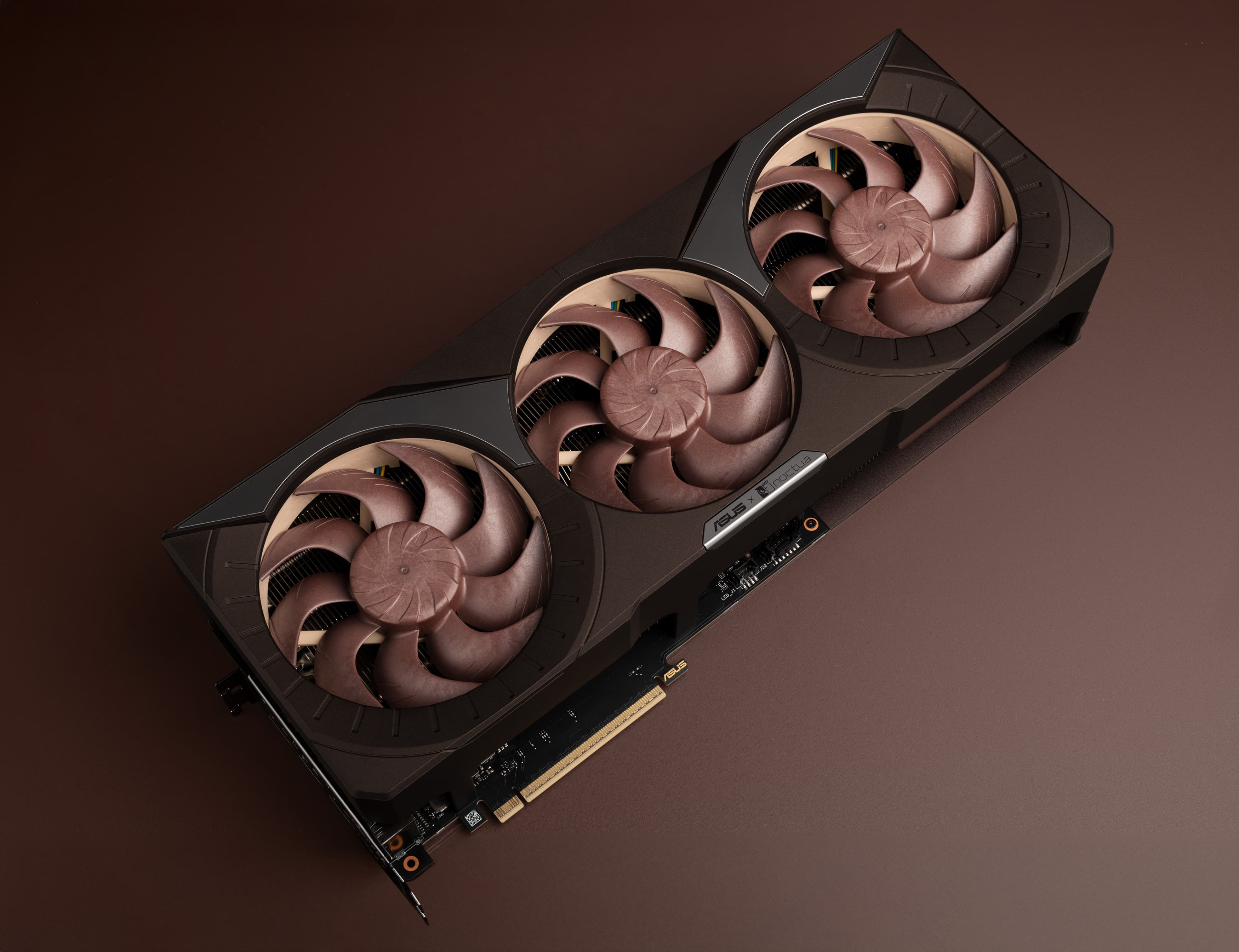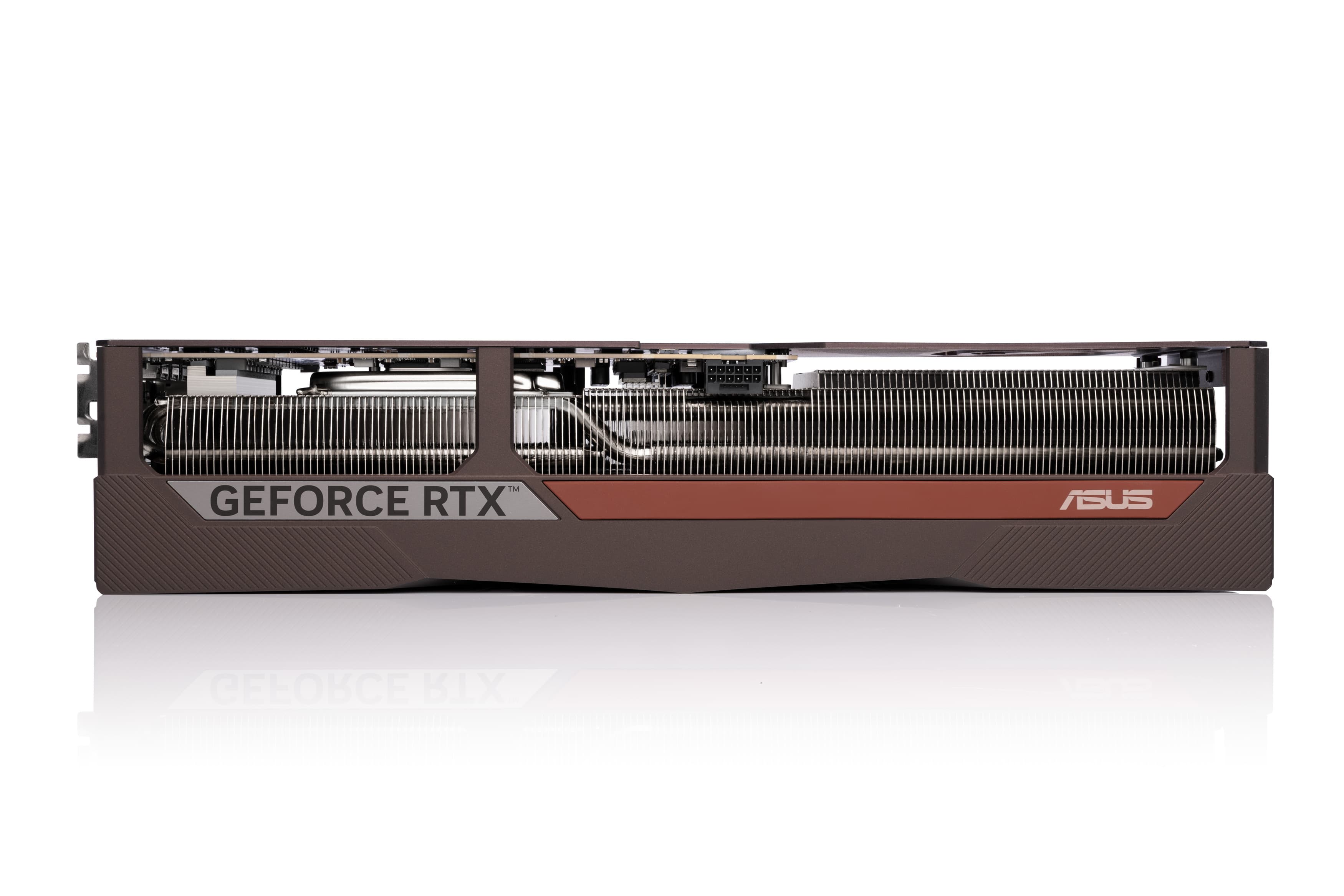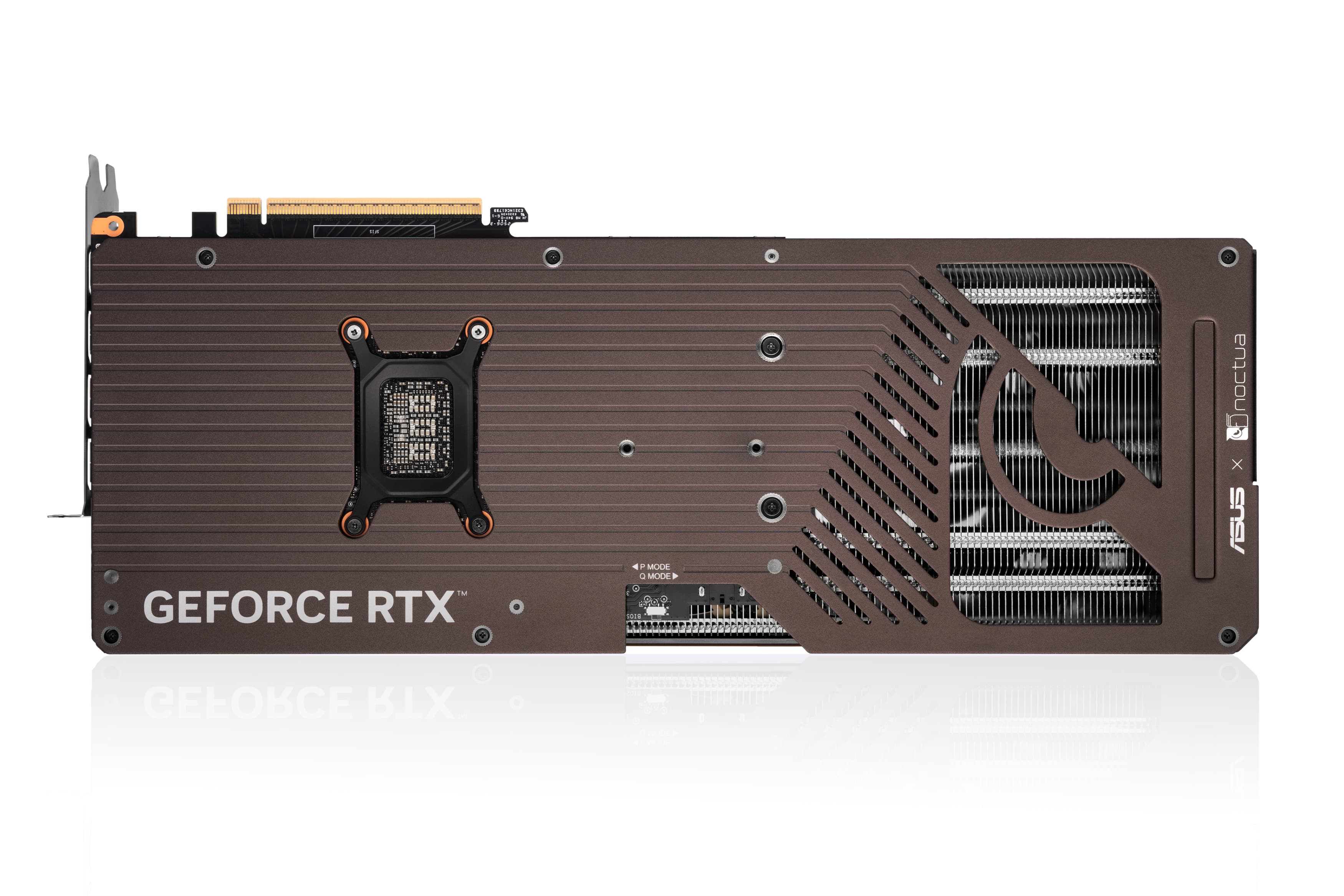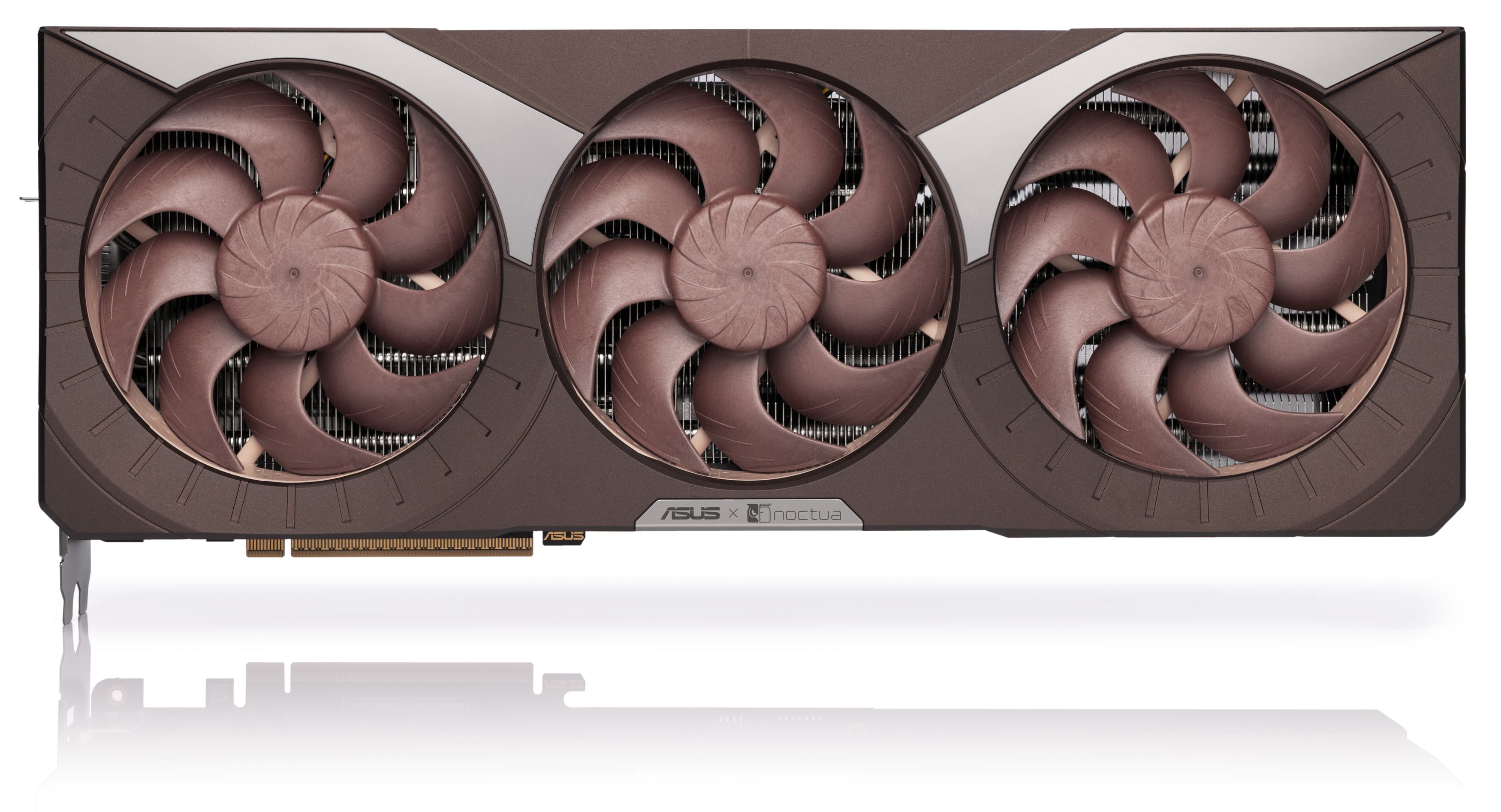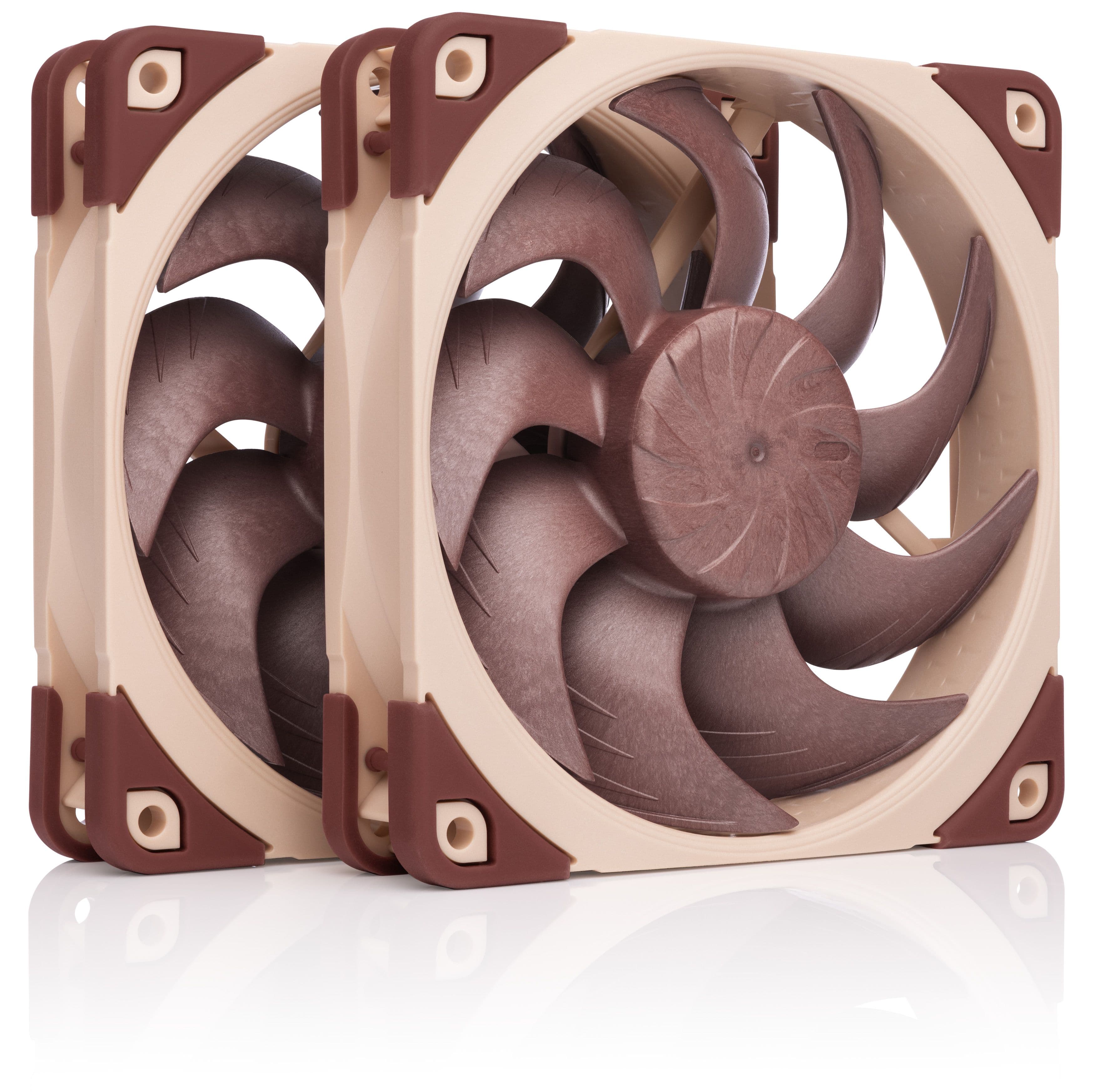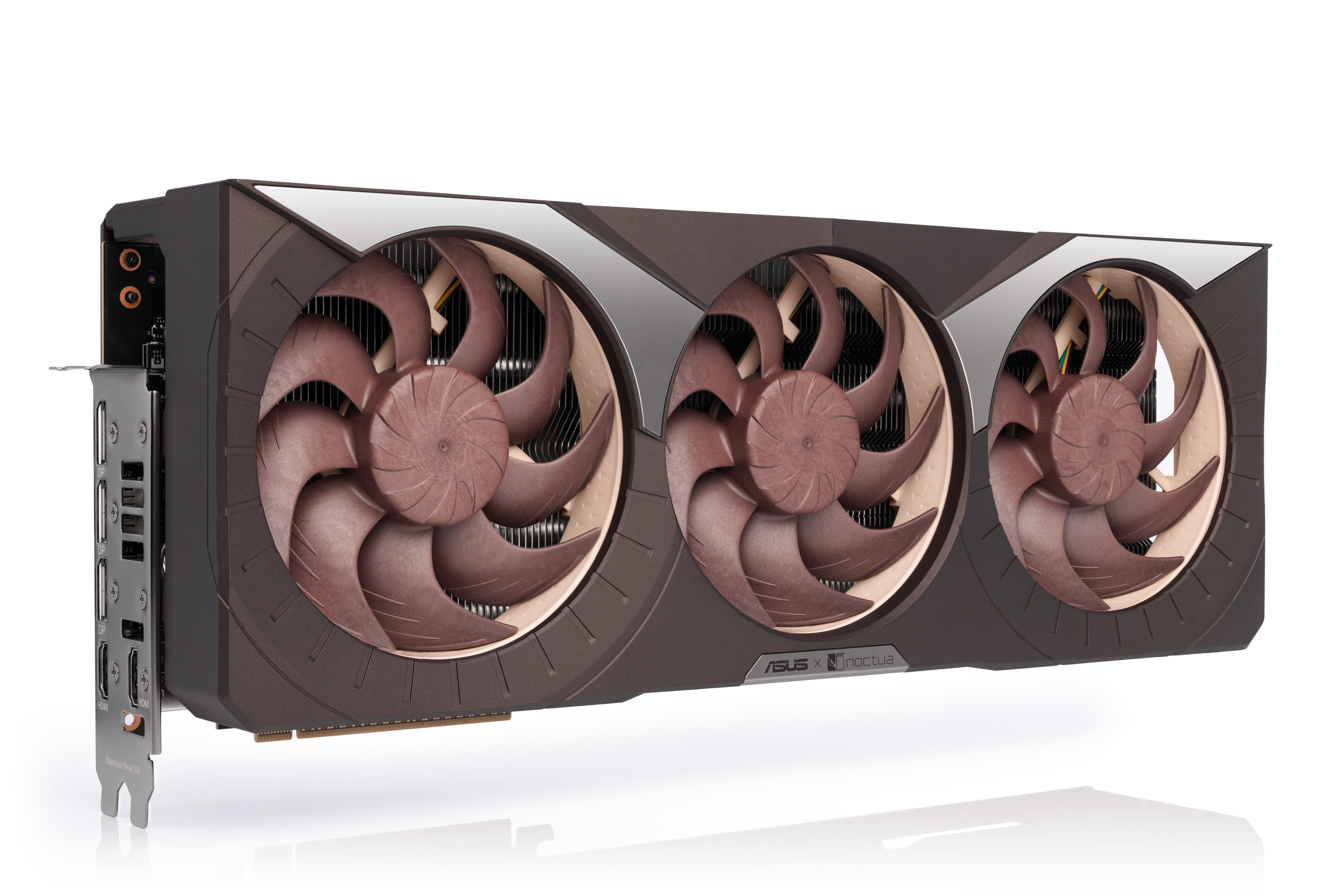
ASUS GeForce RTX 5080 Noctua Edition
Ultra-Quiet Graphics Card
Ultimate performance-to-noise efficiency
A superb choice for ultra-quiet gaming systems
Triple NF-A12x25 G2 fans
For exceptional cooling at minimal noise levels
Tailor-made heatsink
With vapour chamber and 11 heatpipes
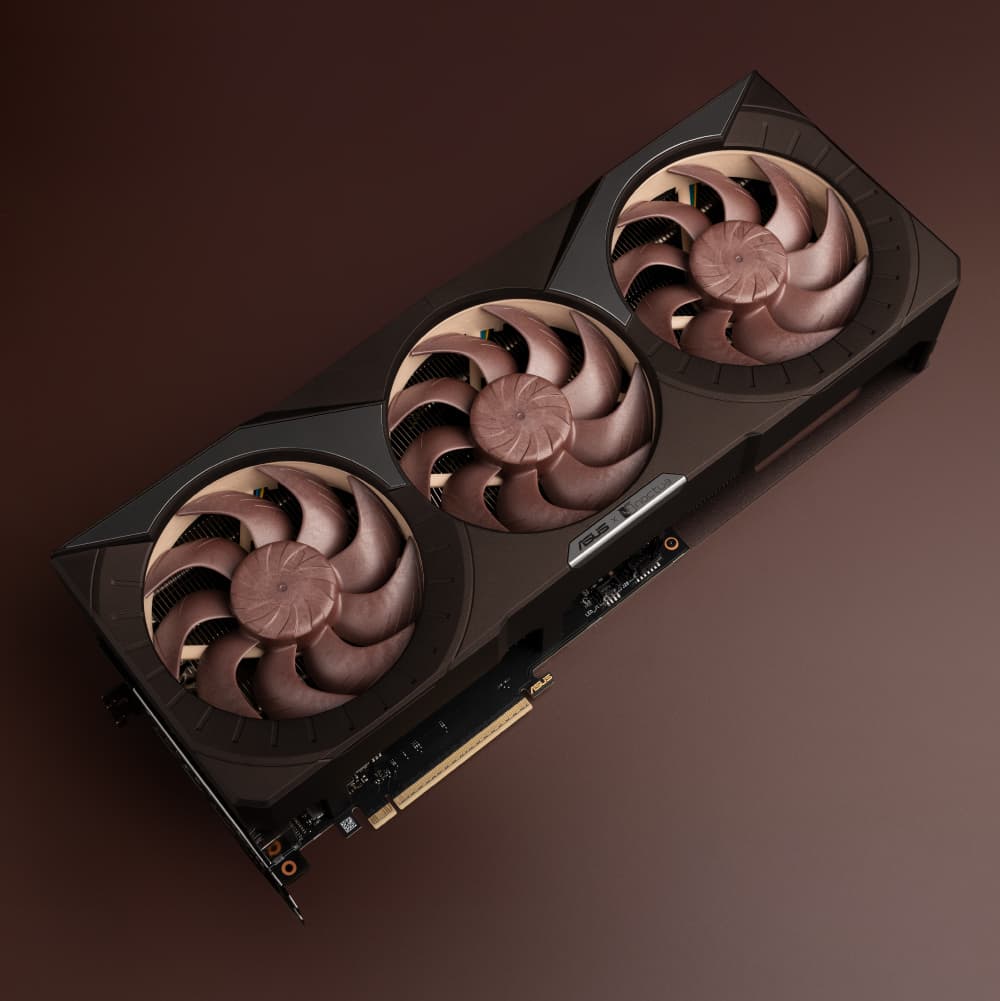
Triple NF-A12x25 G2 fans
Integrating three of Noctua’s latest, state-of-the-art NF-A12x25 G2 fans, the ASUS GeForce RTX 5080 Noctua Edition is the first gaming GPU that utilises a triple 120x25mm cooling setup. Thanks to the NF-A12x25 G2’s superior performance-to-noise ratio, this enables it to set a new benchmark in its class.
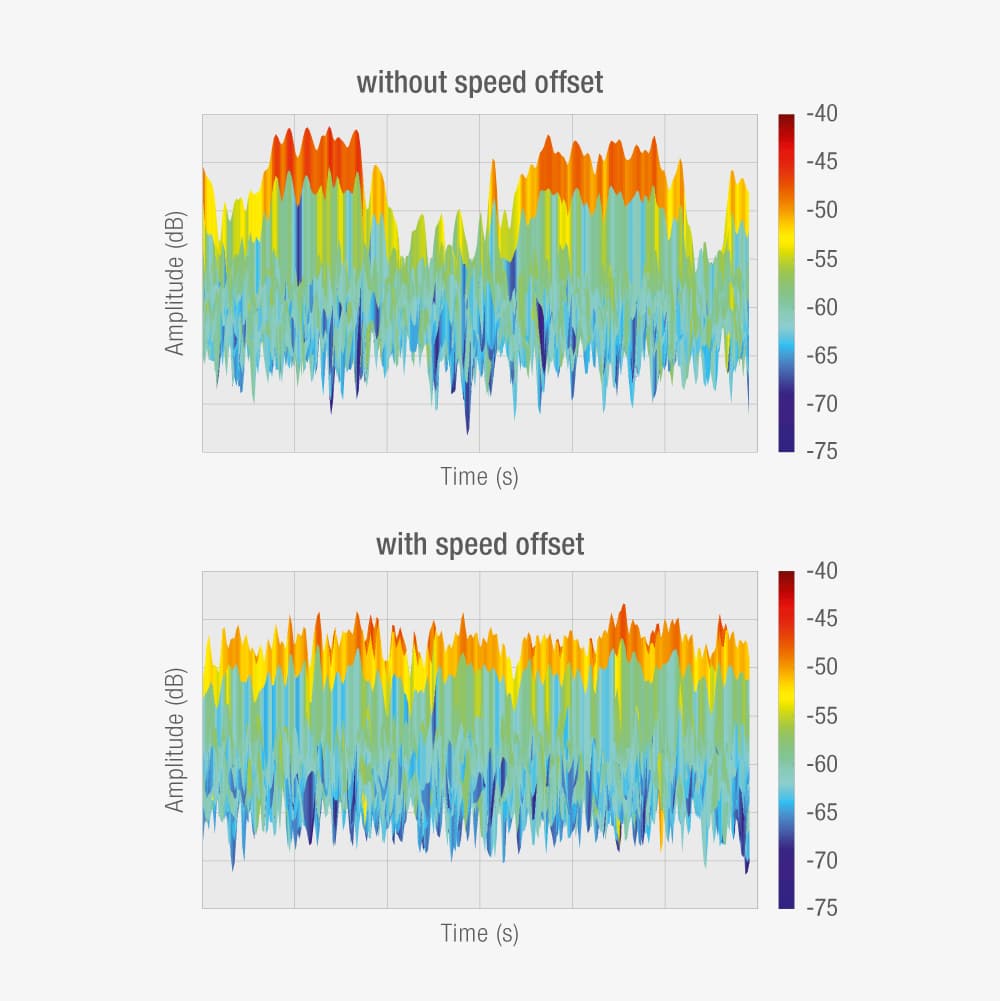
Speed-offset for optimal acoustics
For acoustic fine-tuning, the three NF-A12x25 G2 fans are slightly offset in speed (+/-50rpm) in an PPA/PPB/PPA pattern. This speed offset helps to avoid undesired interaction phenomena such as periodic humming or vibrations due to beat frequencies .
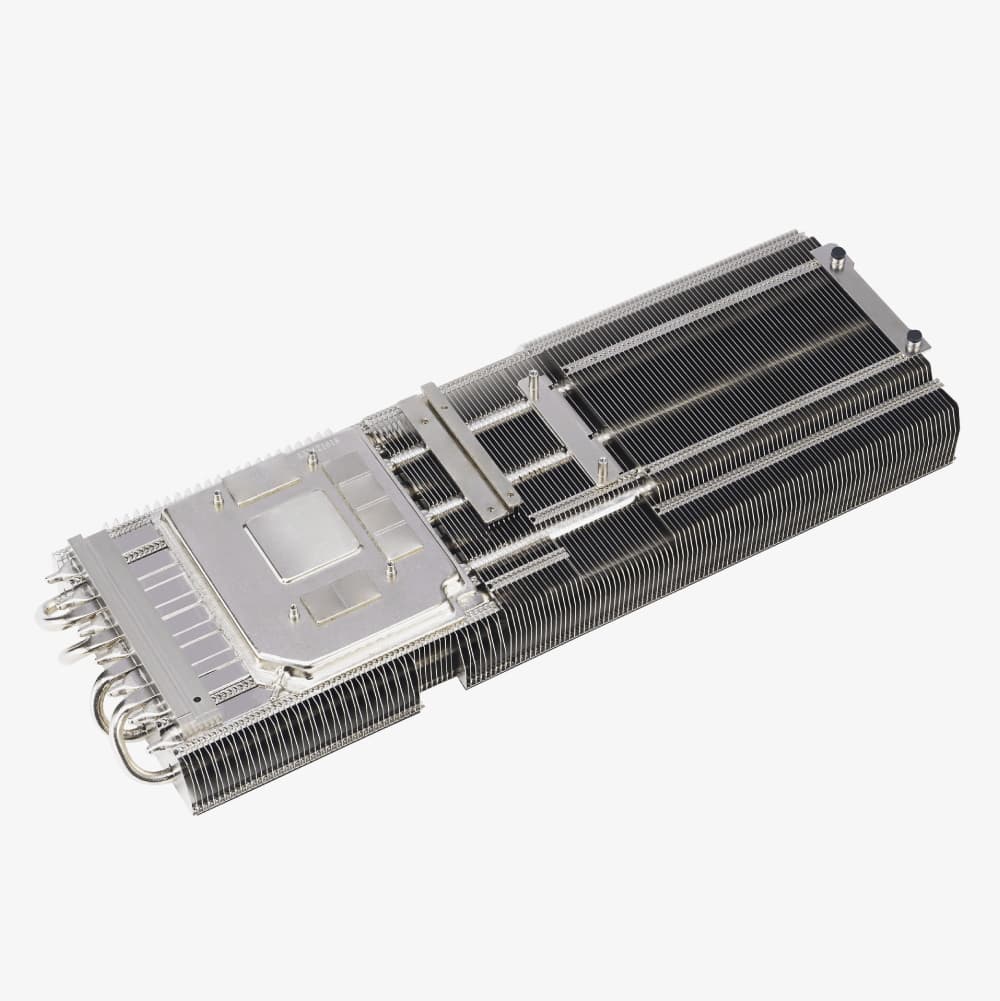
Custom-designed heatsink
The heatsink of the ASUS GeForce RTX 5080 Noctua Edition has been custom-designed and thoroughly optimised to fully utilise the pressure capacity of the NF-A12x25 G2 fans. With a large vapour chamber, seven 8mm and four 6mm heatpipes as well as an extensive, densely packed fin-stack, it provides a massive upgrade over the heatsinks of previous Noctua Edition GPUs.
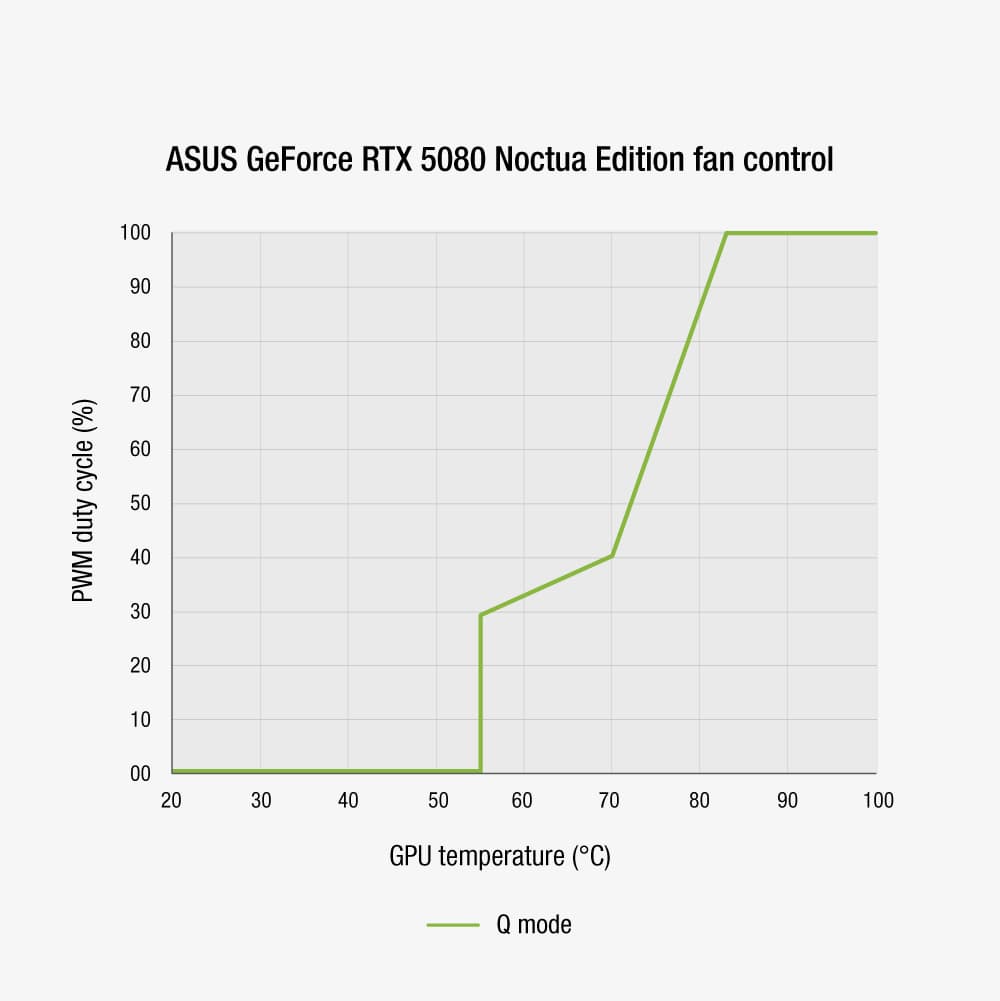
Semi-passive cooling
Thanks to a semi-passive fan control setup that can switch the fans off completely whenever the GPU temperature goes below 50°C (ASUS 0dB technology), the card can run entirely passive during office productivity tasks, web browsing, or even light gaming when using well-ventilated cases at low to moderate ambient temperatures.

Further resources
Want to know more on this topic? Explore relevant articles and resources.

Superior quiet cooling: ASUS RTX 5080 Noctua Edition performance analysis
Featuring three NF-A12x25 G2 fans and a custom-engineered heatsink, the ASUS RTX 5080 Noctua Edition GPU sets a new benchmark for near-silent performance.

Fan speed offset explained: Beat frequency theory
When two fans are running together at almost the same speed, their acoustic interaction can lead to undesirable harmonic phenomena, known as beat frequencies.

